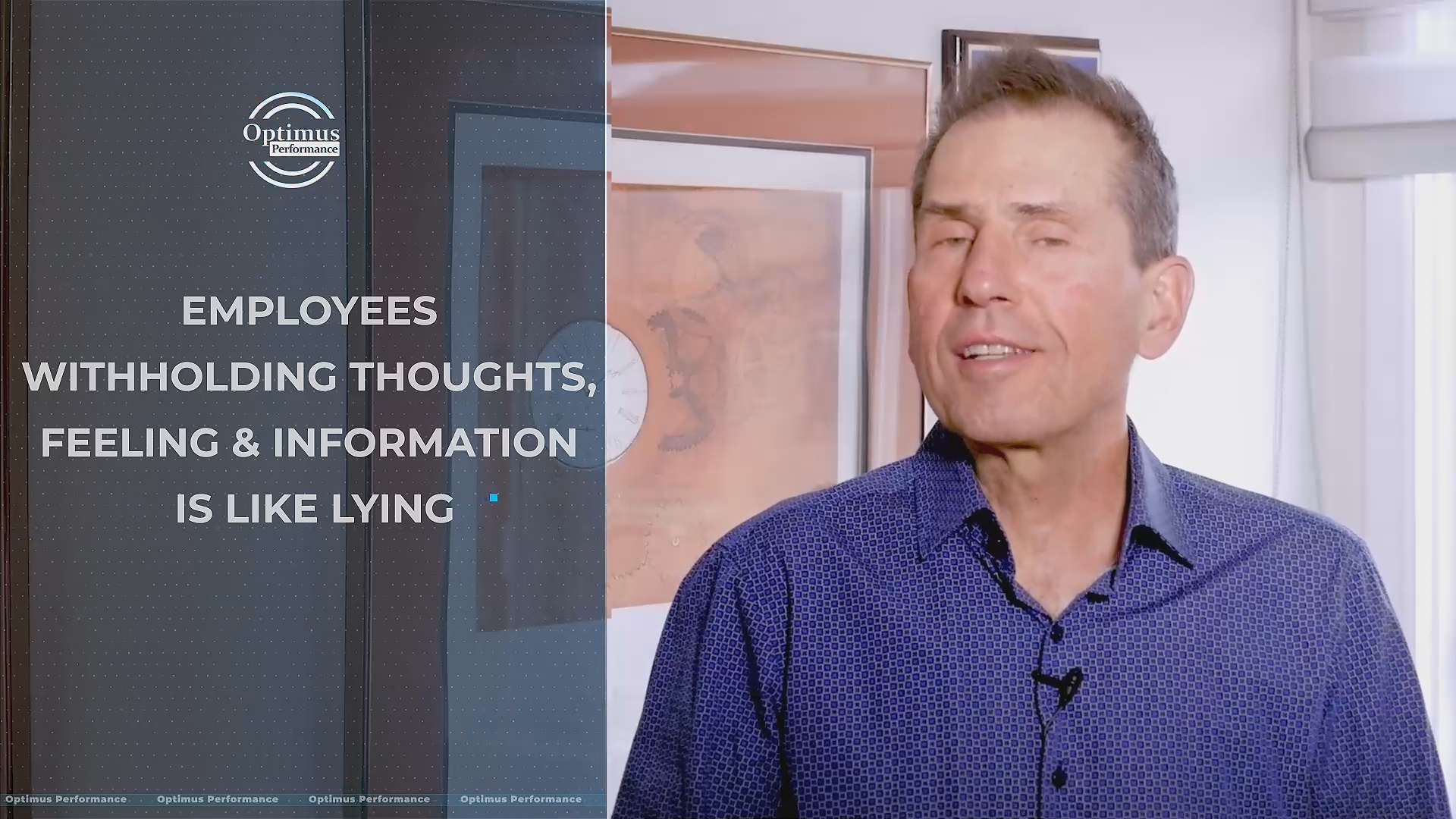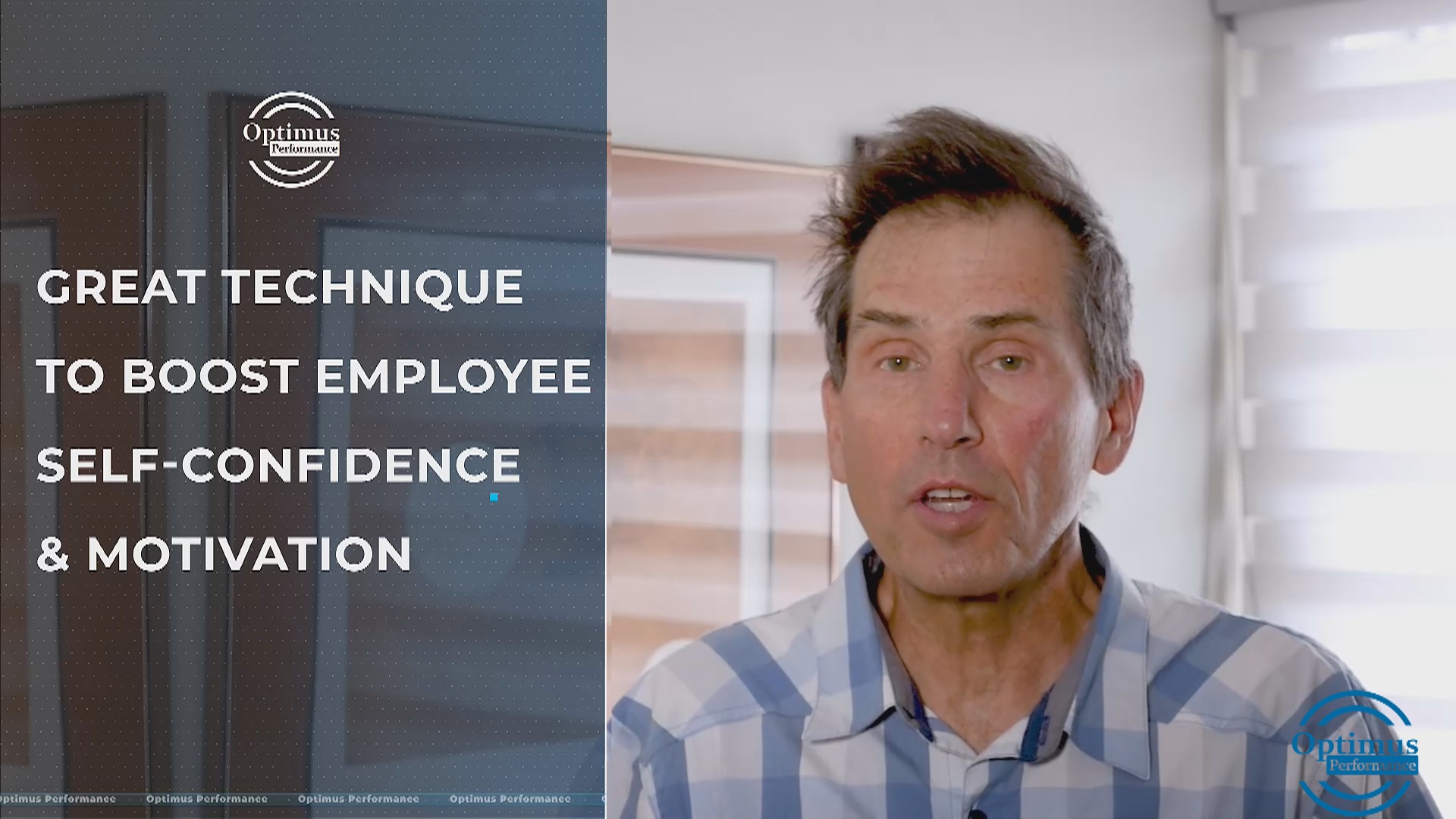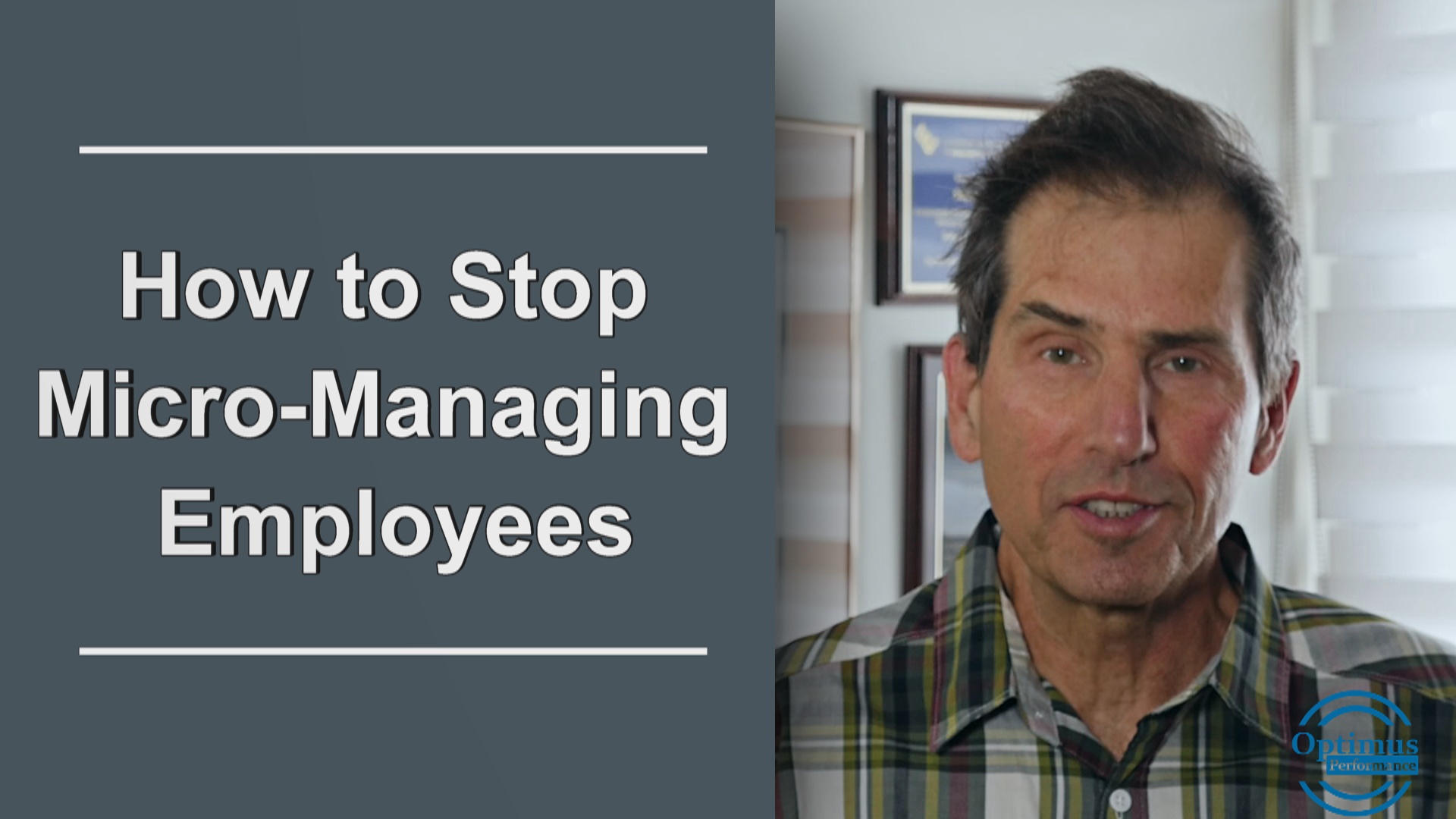When an employee withholds their thoughts, feeling and information it is as if they are lying about something. Holding back expressing a feeling about someone or a situation means that the person is hiding something that is affecting them negatively and it must come out. Otherwise it will have an impact on their performance and productivity or could affect the team or a co-worker.
An example would be if someone is a subject matter expert and knows that someone is having a problem that they could help solve with timely information. But because they do not like the person for whatever reason, they hold back the information, and this affects productivity. Withholds are lies and result from anger or fear, which are both negative emotions.
Prevention
The best way to deal with employee withholds is prevention and this should be part of employee development and teamwork training. Often employee training is focused on skill development such as technical or software skills, but personal development skills such as communication, attitude and teamwork also need to be delivered as part of a holistic approach to employee training.
Team training for employees that incorporates discussing withholds and lying should bring awareness along with ways to deal with negative emotions and situations that could be the cause. This could be how to confront somebody or how to express feelings when feeling hurt or mistreated by someone.
Another way to prevent employee withholds and lying is to have regular one on one discussions with employees. These conversations are about how the employee is feeling about their job and their experience in the workplace. It is a time to let employees express what is on their minds and unload any negative thoughts through open discussion. It is also an opportunity to build trust. The more these types of communications happen the more employee will feel safe to express themselves.
Just recently I experienced two situations in my personal life where people withheld something from me, and it escalated into them no longer speaking to me. The strange thing is I could not find out what caused them to act this way. One of them is a neighbour who I was quite friendly with and now will not look at me. This person is withholding something and has let this destroy our relationship. Rather than come forth and express what was bothering him he chose to withhold it and keep it secret. This a good case of self-deception as he must have found a way to justify his behavior to himself.
The bottom line is we are adults who sometimes behave as children and need to learn to act as the adults we are.



